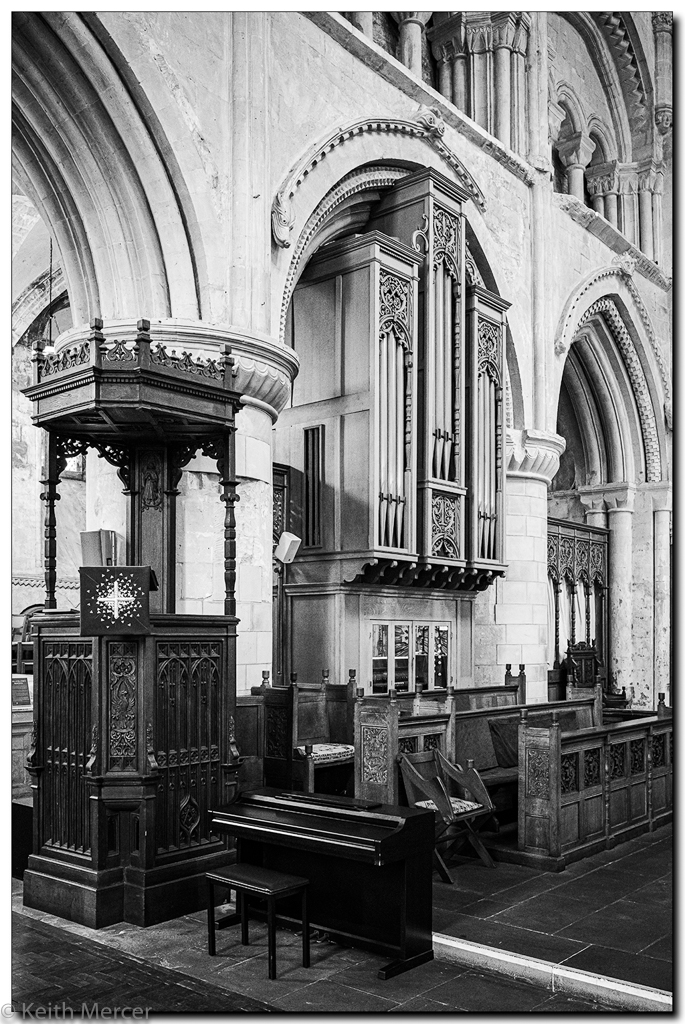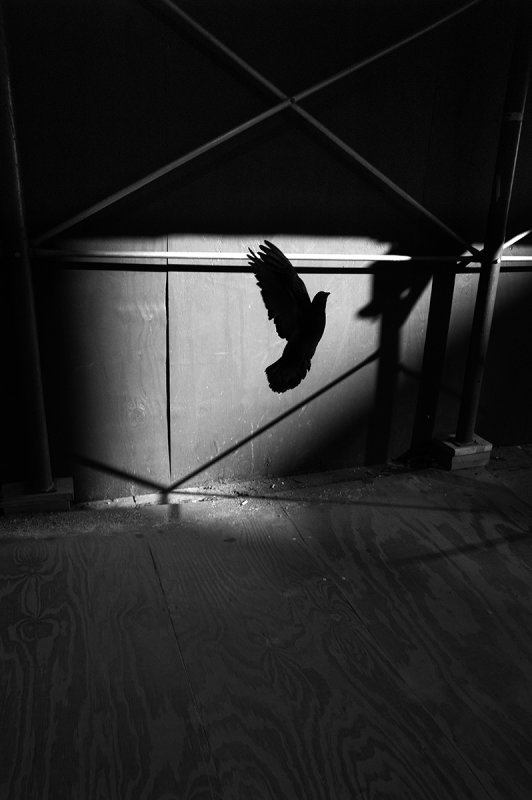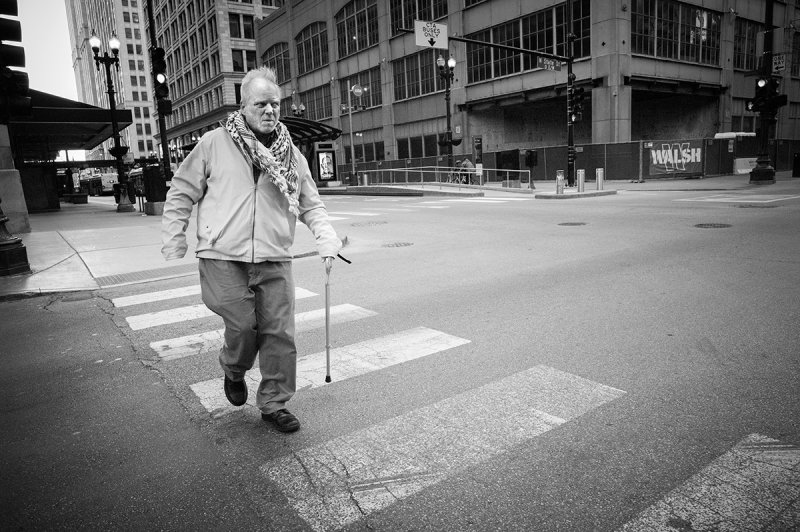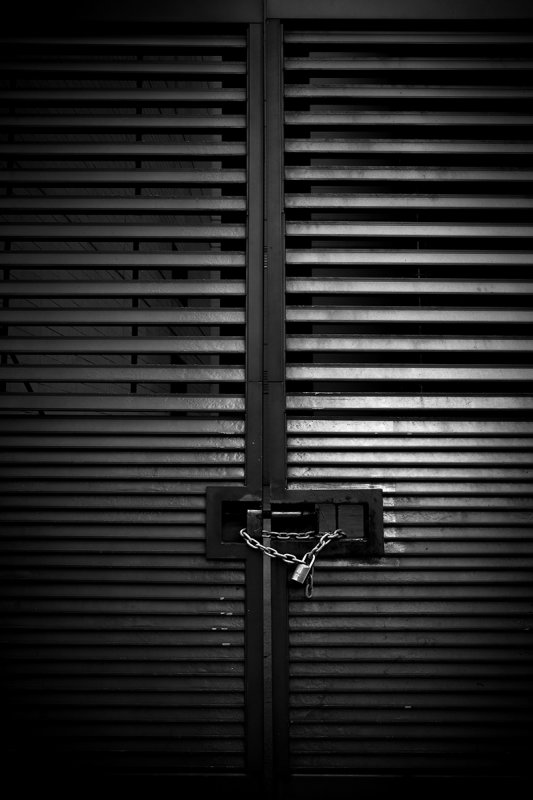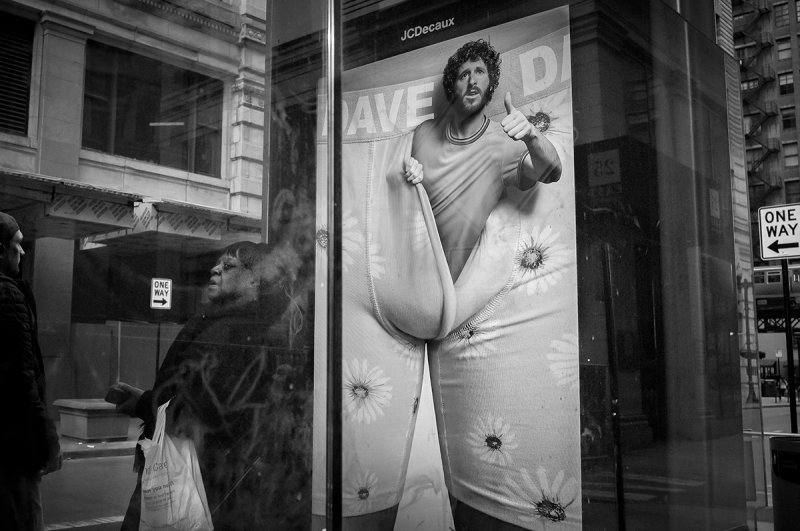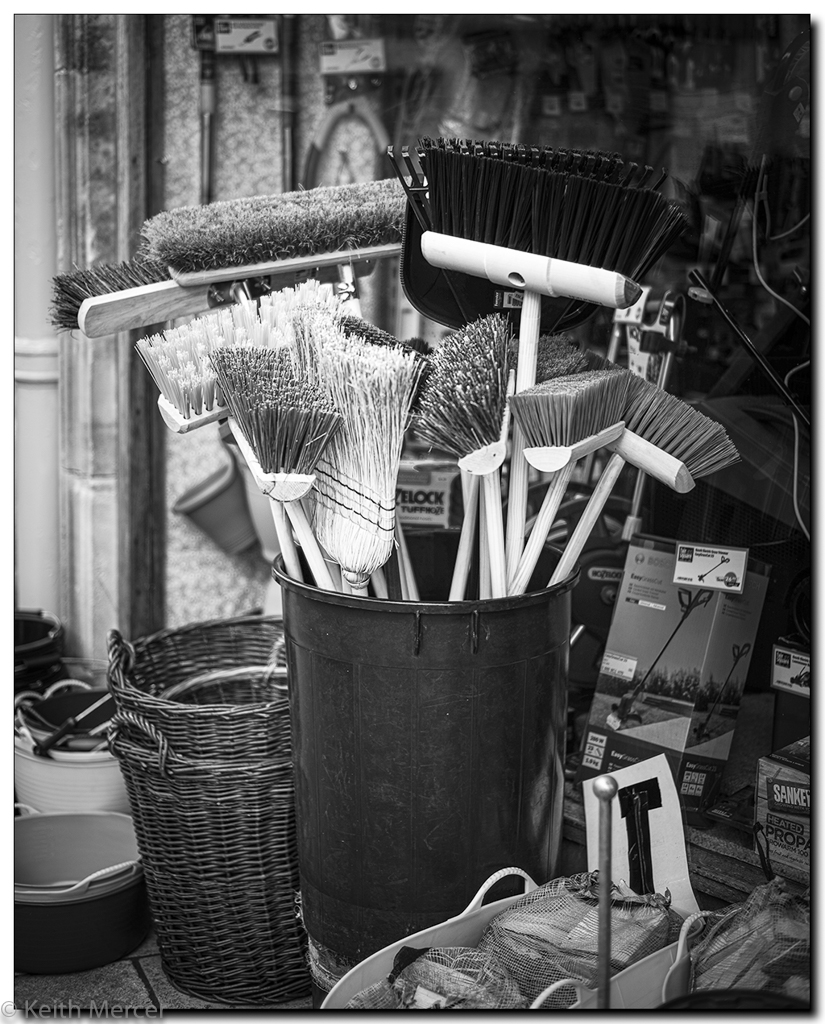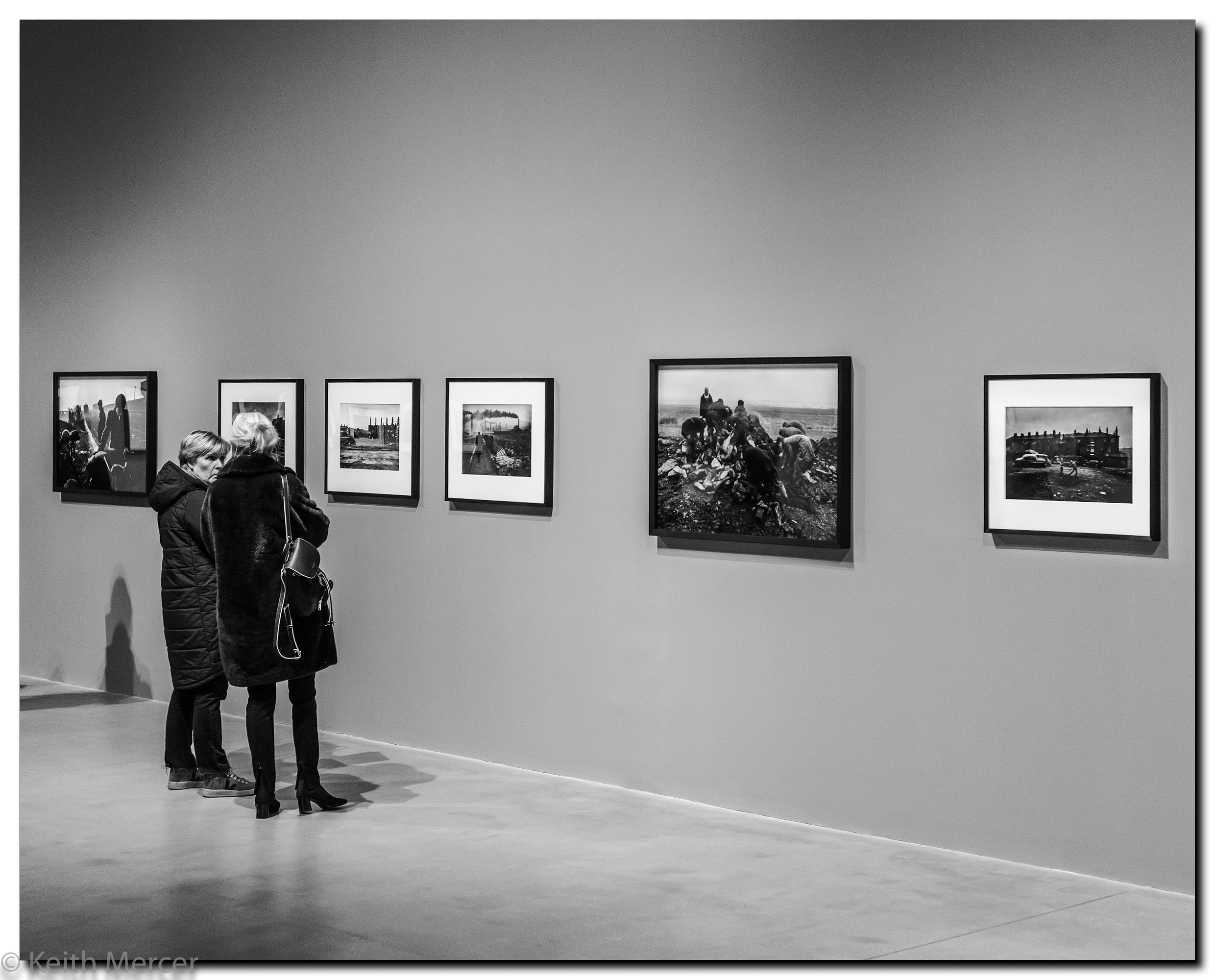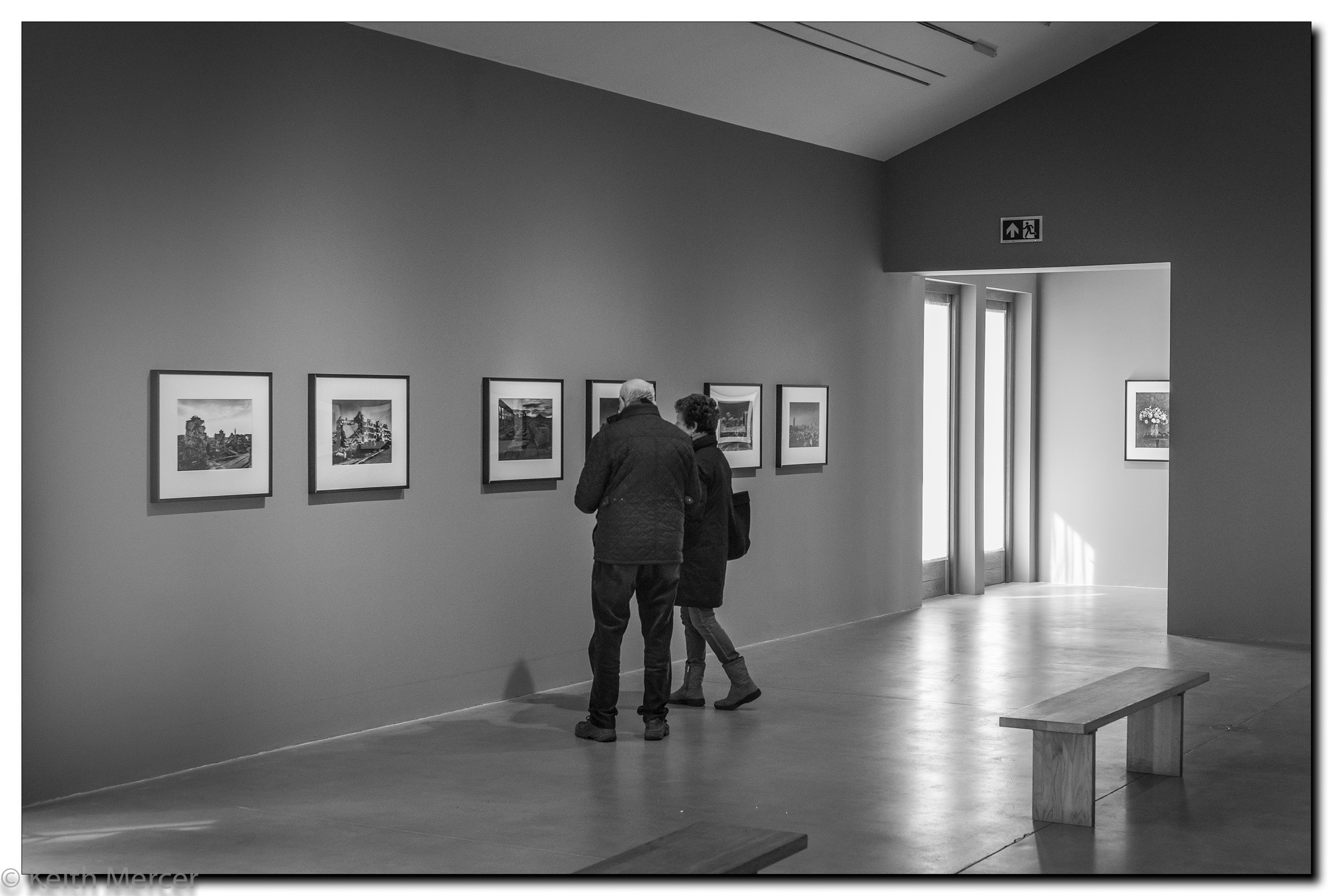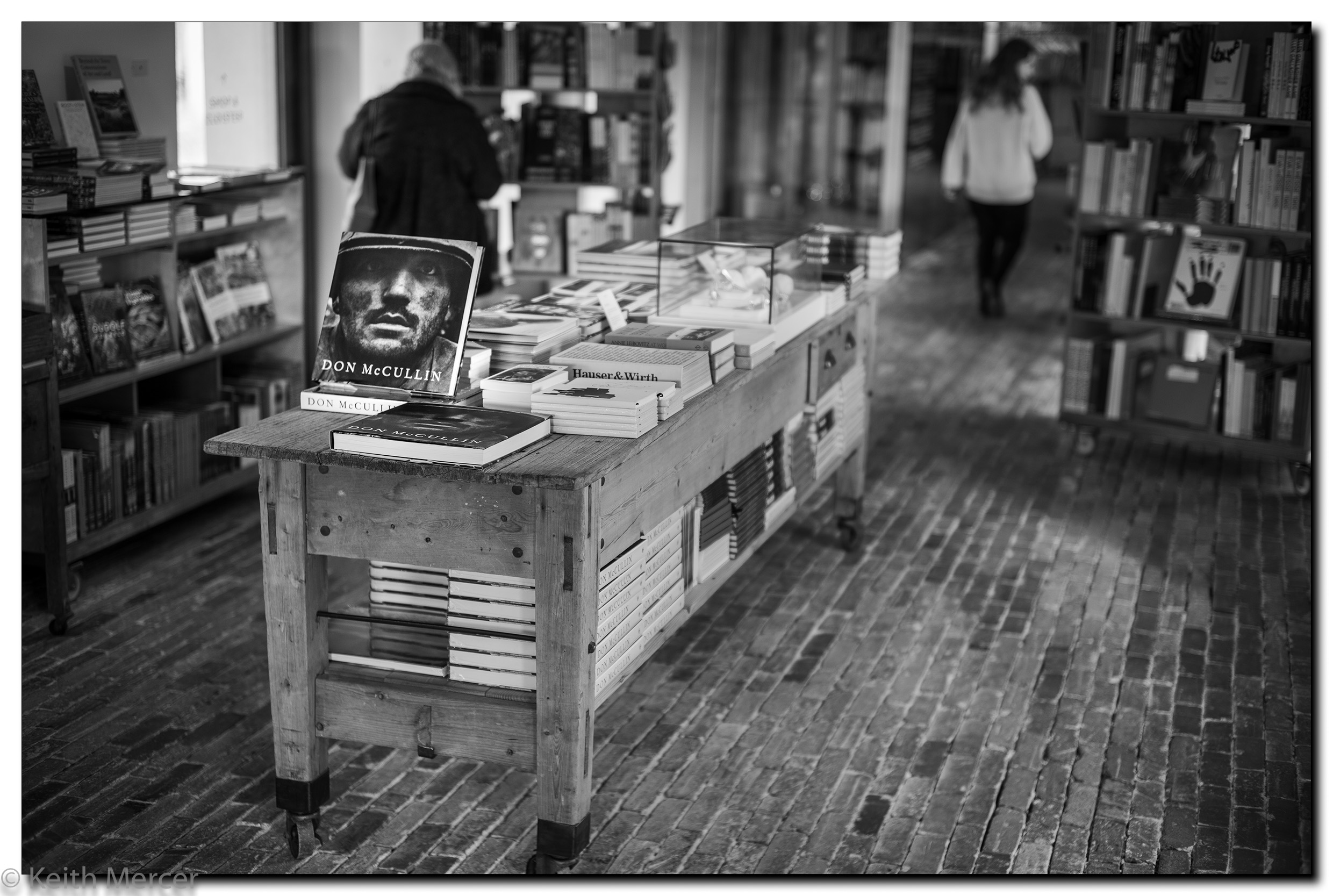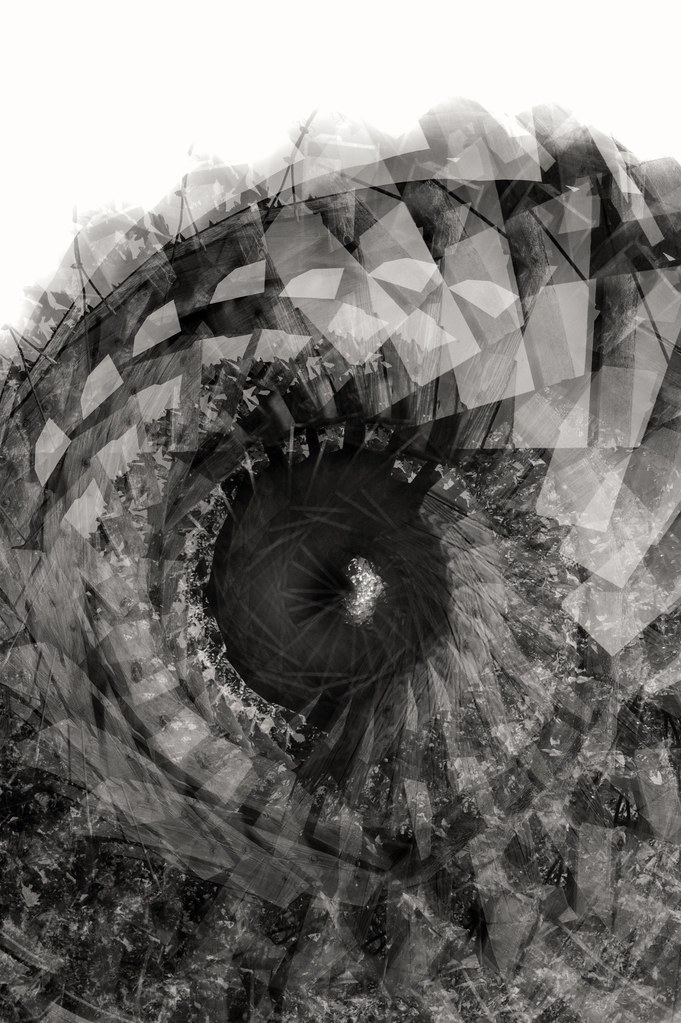The GetDPI Photography Forum
Great to see you here. Join our insightful photographic forum today and start tapping into a huge wealth of photographic knowledge. Completing our simple registration process will allow you to gain access to exclusive content, add your own topics and posts, share your work and connect with other members through your own private inbox! And don’t forget to say hi!
Fun with the Leica M Monochrom
- Thread starter bradhusick
- Start date
glenerrolrd
Workshop Member
Keith
Wonderful posts that show the importance of matching the right lens with the light to create a desired aesthetic . Sean Reid used to say lenses are like paint brushes and variety is useful .
What I found with the MM1 was that on good light days ...I preferred the classic version 1 summicrons . Before the shift to slide film the lenses were designed for maximum resolution and micro contrast but with only medium overall contrast . With B&W film you rarely needed MORE contrast . Slide film was different you sought the highest possible saturation and contrast ...the result was baked in at capture . Version 2 of the Summicrons were higher contrast .
So on a bright day a version 1 Summicron with an Orange filter produced a great file straight out of the MM ....apply the contrast curve you desire and you will received a well balanced spread of tones .
On a rainy day ..I found the need for more contrast ...so here the current summiluxes were best ..even without a filter they produce enough contrast in flat light to get a great file . My favorite here is the 35 asph summilux
Keith s examples are excellent in demonstrating what the files will look like under different lenses and light levels .
Wonderful posts that show the importance of matching the right lens with the light to create a desired aesthetic . Sean Reid used to say lenses are like paint brushes and variety is useful .
What I found with the MM1 was that on good light days ...I preferred the classic version 1 summicrons . Before the shift to slide film the lenses were designed for maximum resolution and micro contrast but with only medium overall contrast . With B&W film you rarely needed MORE contrast . Slide film was different you sought the highest possible saturation and contrast ...the result was baked in at capture . Version 2 of the Summicrons were higher contrast .
So on a bright day a version 1 Summicron with an Orange filter produced a great file straight out of the MM ....apply the contrast curve you desire and you will received a well balanced spread of tones .
On a rainy day ..I found the need for more contrast ...so here the current summiluxes were best ..even without a filter they produce enough contrast in flat light to get a great file . My favorite here is the 35 asph summilux
Keith s examples are excellent in demonstrating what the files will look like under different lenses and light levels .
glenerrolrd
Workshop Member
Well done .....notice how a lower contrast lens preserved the full range of tones . To my eye appears as a flawless black and white file ." Vanishing Point". Cap to Cap Trail. Charles City, Virginia.
Leica MM1; 7Artisans 28mm f1.4
Dave (D&A)
glenerrolrd
Workshop Member
Excellent example of a “classic zeiss” rendering using a modern sensor . You could fool me and tell me this was film and 50 years old .Out & about in Malmesbury in Wiltshire this afternoon. M10 Monochrom, ZM 50mm C-Sonnar, orange filter.
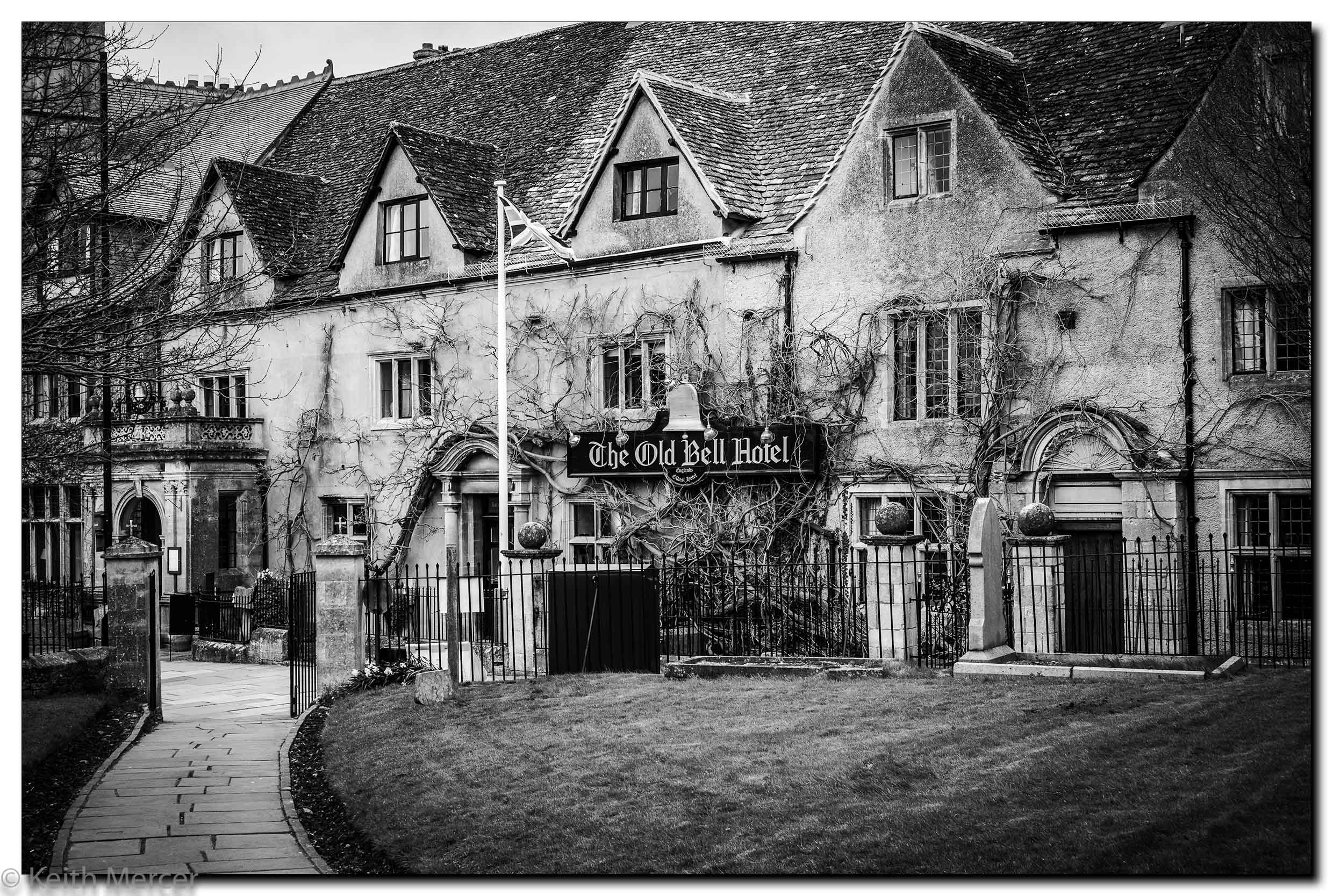
KeithDM
Well-known member
Thanks. Interesting that you write that as I've just been thinking along similar lines. In just over two weeks with the M10M I have mostly used my 50mm Summilux-M ASPH - until I damaged it last Thursday. Since then 50mm-wise I have been using the C-Sonnar (normally a fixture on my M7) and the results have me mulling over the idea that somehow the C-Sonnar suits the sensor better than the Summilux. Can't help but think that the combination results in a more 'filmic' appearance.Excellent example of a “classic zeiss” rendering using a modern sensor . You could fool me and tell me this was film and 50 years old .
Would be interested in thoughts on the subject from others.
Sluice gates on the River Avon. Same camera/lens combination.

Absolutely superb advice and observations, especially as it applies to the MM1. The example you provided of use of the version 1 summicrons such as the rigid cron is spot on, observing this with the somewhat limited (but trying to expand) experience I have in using mine. This is especially so as you pointed out on somewhat higher contrast days, as the lower contrast lens balances things out along with flattening the contrast curve (to start with) when a orange filter is employed with those early crons. This is something I need to employ more often. I suspect all Roger stated would also apply with a bit differing degrees to all the Leica monochroms (MM1, M and M10M).Keith
Wonderful posts that show the importance of matching the right lens with the light to create a desired aesthetic . Sean Reid used to say lenses are like paint brushes and variety is useful .
What I found with the MM1 was that on good light days ...I preferred the classic version 1 summicrons . Before the shift to slide film the lenses were designed for maximum resolution and micro contrast but with only medium overall contrast . With B&W film you rarely needed MORE contrast . Slide film was different you sought the highest possible saturation and contrast ...the result was baked in at capture . Version 2 of the Summicrons were higher contrast .
So on a bright day a version 1 Summicron with an Orange filter produced a great file straight out of the MM ....apply the contrast curve you desire and you will received a well balanced spread of tones .
On a rainy day ..I found the need for more contrast ...so here the current summiluxes were best ..even without a filter they produce enough contrast in flat light to get a great file . My favorite here is the 35 asph summilux
Keith s examples are excellent in demonstrating what the files will look like under different lenses and light levels .
It's interesting (and a learning curve) to try and achieve a B&W file and subsequent print with the monochrome that emulates the look and feel of some of our favorite film emulsions we employed along with the accompanied by the choice of paper chosen for printing those negatives. As Roger pointed out regarding Sean's statement, the lens then becomes the artists paint brush. It may be why for myself but I'm sure many others, I always from my earliest days in photography, had a fascination with optics in the way a lens draws and what characteristics it contributes to an image, maybe more so than any camera body, including high end digital.
Thanks very much Roger for your thoughtful insight. Greatly appreciated!
Dave (D&A)
Keith my own personal thoughts to your question is "it depends", on the subject matter, lighting conditions and the look you are going for with a particular image. I like the B&W image(s) you've posted with the C-Sonnar (which I used to shoot with) and in some ways, resembles some of the characteristics of the Ver 1 crons as Roger described but again it depends. As Roger quoted Sean Reid, think of the lens as a paint brush or maybe even the tonality of the paint and choose one (say the C-Sonnar or the Lux asph) depending on the lighting that day and possibly what you may shoot, especially if you decide to take only one of those two lenses. Just my thoughts.Thanks. Interesting that you write that as I've just been thinking along similar lines. In just over two weeks with the M10M I have mostly used my 50mm Summilux-M ASPH - until I damaged it last Thursday. Since then 50mm-wise I have been using the C-Sonnar (normally a fixture on my M7) and the results have me mulling over the idea that somehow the C-Sonnar suits the sensor better than the Summilux. Can't help but think that the combination results in a more 'filmic' appearance.
Would be interested in thoughts on the subject from others.
Sluice gates on the River Avon. Same camera/lens combination.

Dave (D&A)
airfrogusmc
Well-known member
airfrogusmc
Well-known member
phOtOny teXas
Well-known member
Sanford Lavine
New member
"Welcome Respite". Charles City, Virginia.
Leica MM1; 7Artisans 28mm f1.4
Background: The Nance-Major Store was built by Julia Nance-Major and Edward Major in 1872. The house and store face south across Courthouse Road toward the circa 1750 Civil War era historal Charles City Courthouse which is presently being restored. Their general store provided dry goods, sundries, agricultural supplies, and tools that were necessary to support the local agricultural economy in the Charles City area, which is located between Richmond Virginia and Jamestown Virginia. Next to the Nance-Major building are other homes dating back to these eras. 10 years ago the Nance-Major store was converted to Cul's Courthouse Grill, which is directly on the Capital to Capital trail.
It appears to be the only eatery in the middle of nowhere but oh what an eatery for superb freshly made casual food for weary hikers, cyclists and folks near and far who generally are navigating the history of this lengthy trail steeped in historical events. Inside Cul's is a world map with push pins denoting where visitors come from and every continent and most countries big, small and remote, are well represented.
Dave (D&A)
Leica MM1; 7Artisans 28mm f1.4
Background: The Nance-Major Store was built by Julia Nance-Major and Edward Major in 1872. The house and store face south across Courthouse Road toward the circa 1750 Civil War era historal Charles City Courthouse which is presently being restored. Their general store provided dry goods, sundries, agricultural supplies, and tools that were necessary to support the local agricultural economy in the Charles City area, which is located between Richmond Virginia and Jamestown Virginia. Next to the Nance-Major building are other homes dating back to these eras. 10 years ago the Nance-Major store was converted to Cul's Courthouse Grill, which is directly on the Capital to Capital trail.
It appears to be the only eatery in the middle of nowhere but oh what an eatery for superb freshly made casual food for weary hikers, cyclists and folks near and far who generally are navigating the history of this lengthy trail steeped in historical events. Inside Cul's is a world map with push pins denoting where visitors come from and every continent and most countries big, small and remote, are well represented.
Dave (D&A)
Attachments
-
513.2 KB Views: 12
-
448.5 KB Views: 15
Last edited:
Attachments
-
679.2 KB Views: 12
phOtOny teXas
Well-known member
Jorgen Udvang
Subscriber Member
Why doesn't this forum have a "Love" button. Fantastic photo :thumbs:

